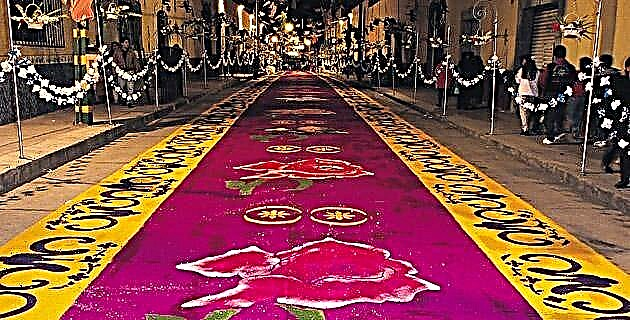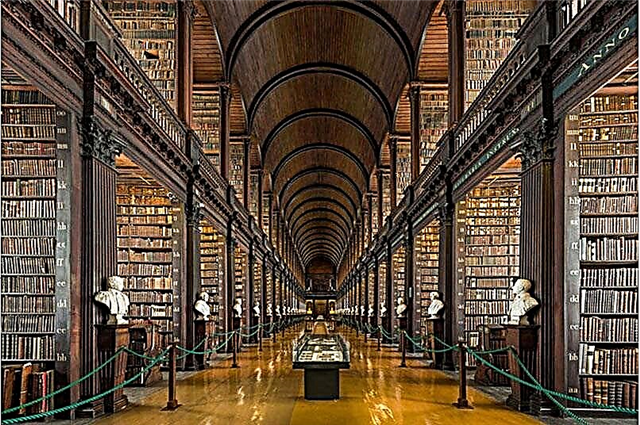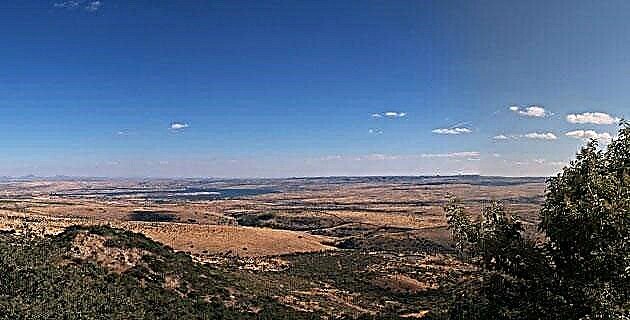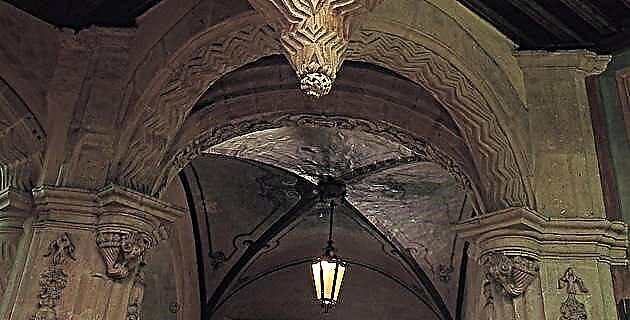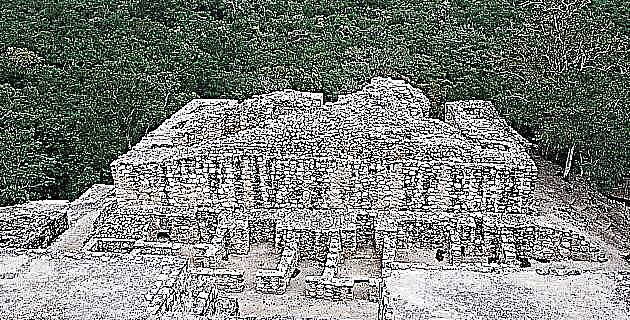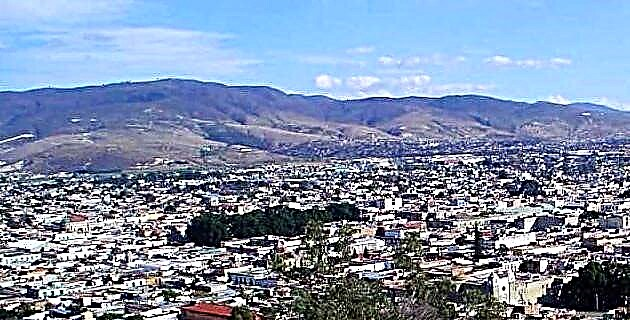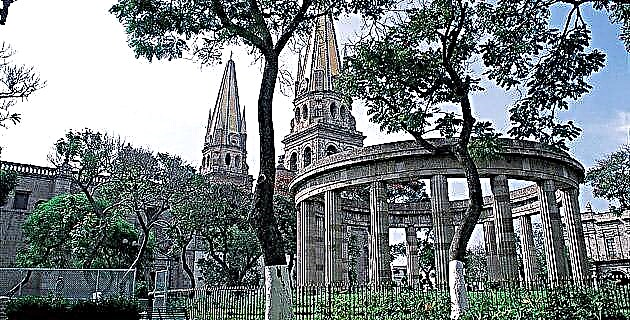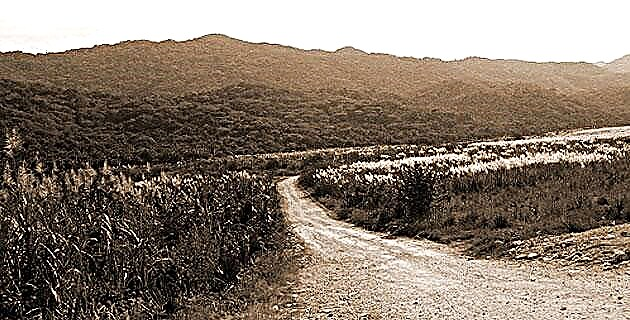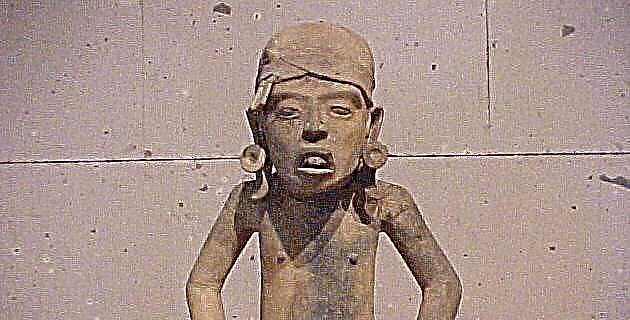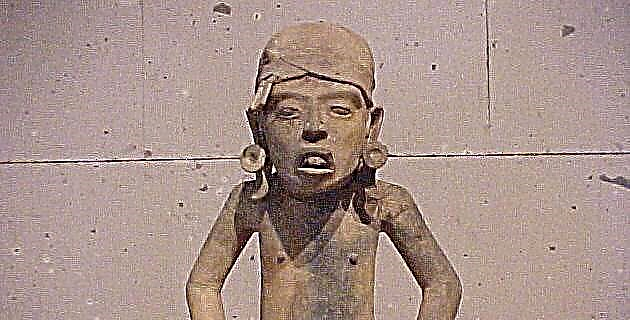
During 1971, news about the discovery of large figures of women and goddesses modeled in clay circulated among the peasants who lived around the Laguna de Alvarado, in the municipality of Ignacio de la Llave, Veracruz.
Everyone knew that this region was very rich in archaeological remains; From time to time, when the earth was plowed or trenches were dug to build houses or install drains, fragments of vessels and figurines were found that were buried along with the deceased from pre-Hispanic times. But the rumors now spoke of something extraordinary.
Indeed: shortly after the archaeologists from the Veracruzana University arrived in the region, they found out that some residents of the place known as El Zapotal, located west of the Alvarado Lagoon, had carried out clandestine excavations in a set of mounds, some of them up to 15 meters high; the people had baptized them as the hills of the rooster and the hen, and precisely on a platform between the two mounds someone put their shovels, discovering the much commented terracotta.
The archaeologist Manuel Torres Guzmán led the exploration during some seasons that covered those years of the 1970s, achieving increasingly surprising discoveries. At present we know that the find corresponds to a sanctuary dedicated to the god of the dead, where a multitude of figures modeled in clay were offered, as well as about a hundred individuals, constituting the most complex and lavish funeral rite of which we keep news.
That great offering, which covered several stratigraphic layers, was dedicated to the lord of the dead, whose image, also modeled in clay, curiously remained uncooked. The god that Nahuatl speakers called Mictlantecuhtli sits on a lavish throne, the back of which is integrated into the huge headdress worn by the numen, where human skulls in profile and the heads of fantastic lizards and jaguars are present.
In front of this figure, a terrible and admirable experience is lived at the same time: the fear of death and the enjoyment of beauty intermingle in our emotions when this incredible testimony of the pre-Hispanic past is contemplated for the first time. What is conserved is a segment of the sanctuary, whose side walls were decorated with scenes of processions of priests on a red background, and with the figure of the god, his throne and his headdress; some segments painted the same color are also preserved.
As other peoples of pre-Hispanic Mexico represented him, the lord of the dead constituted the essence and the union of life and death, which is why he was represented as an undead; some sections of its body, torso, arms and head were shown without flesh and skin, showing the joints of the bones, the rib cage and the skull. This figure of El Zapotal, the god, has hands, legs and feet with their muscles, and the eyes, made of some material that has been lost, showed the vivid gaze of the numen.
We already knew an image of the lord of the dead, discovered in this central area of Veracruz, at the site of Los Cerros, and although of smaller dimensions it is an example of the mastery with which these coastal artists worked. Mictlantecuhtli is also shown in a seated position with the entire skeletal body, except for his hands and feet; its high hierarchy is accentuated by the huge conical headdress.
In El Zapotal, the archaeologists' discovery shows great complexity in the arrangement of the offerings. At a level above the sanctuary of the Lord of the Dead, located in the deepest area, four secondary burials were found, in which the presence of smiling figurines stood out, some of them articulated, accompanied by smaller clay sculptures that represented animals.
On top of this set, groups of figurines modeled in clay and richly dressed were placed, recreating priests, ball players, etc., along with small representations of jaguars on wheels. The most surprising thing was the discovery of a kind of ossuary of extraordinary dimensions, which in some cases reached up to 4.76 meters in height, and which, as a sacral and monumental spine, was made up of 82 skulls, long bones, ribs and vertebrae. .
Closer to the surface, in what was archaeologically defined as a second layer or cultural stratum, a multitude of clay sculptures were found, of small and medium formats, of the artistic style that has been defined as "figures with fine features". highlighting the image of a priest carrying a jaguar on his back, two individuals carrying a ritual box and the representation of a devotee of the rain god. It would seem that the intention of those who made the offering was to recreate themselves at the culminating moment of the ceremony.
In the first stratum the presence of the so-called Cihuateteo dominated, representations of female deities, with bare torsos and dressed in zoomorphic headdresses and long skirts that were fastened with snake belts. They symbolize the earth, which covers the kingdom of the underworld, and they are the synthesis of female fertility that also welcomes the body of the deceased in their first steps on the path of darkness.
Source: Passages of History No. 5 The Lordships of the Gulf Coast / December 2000

